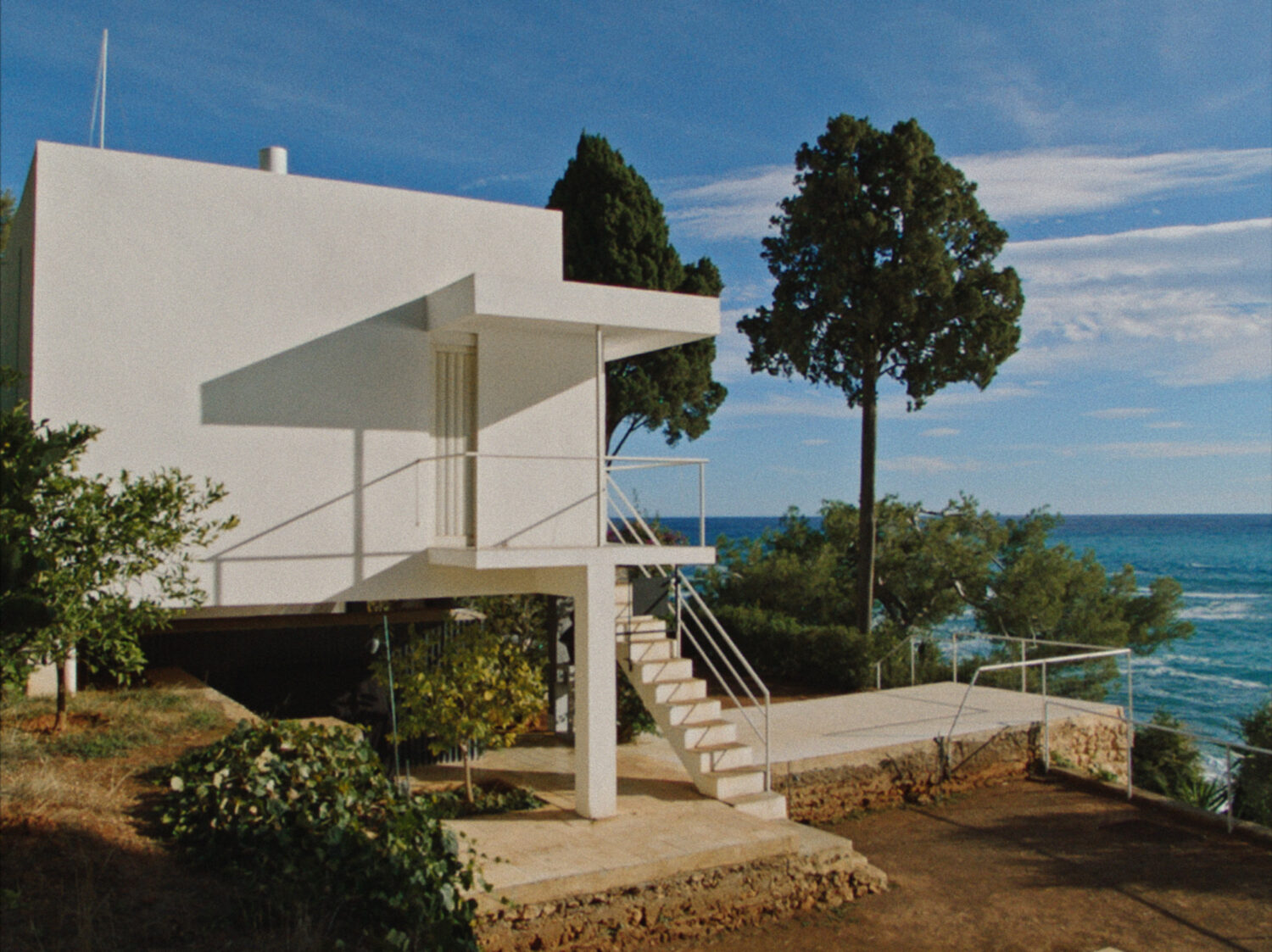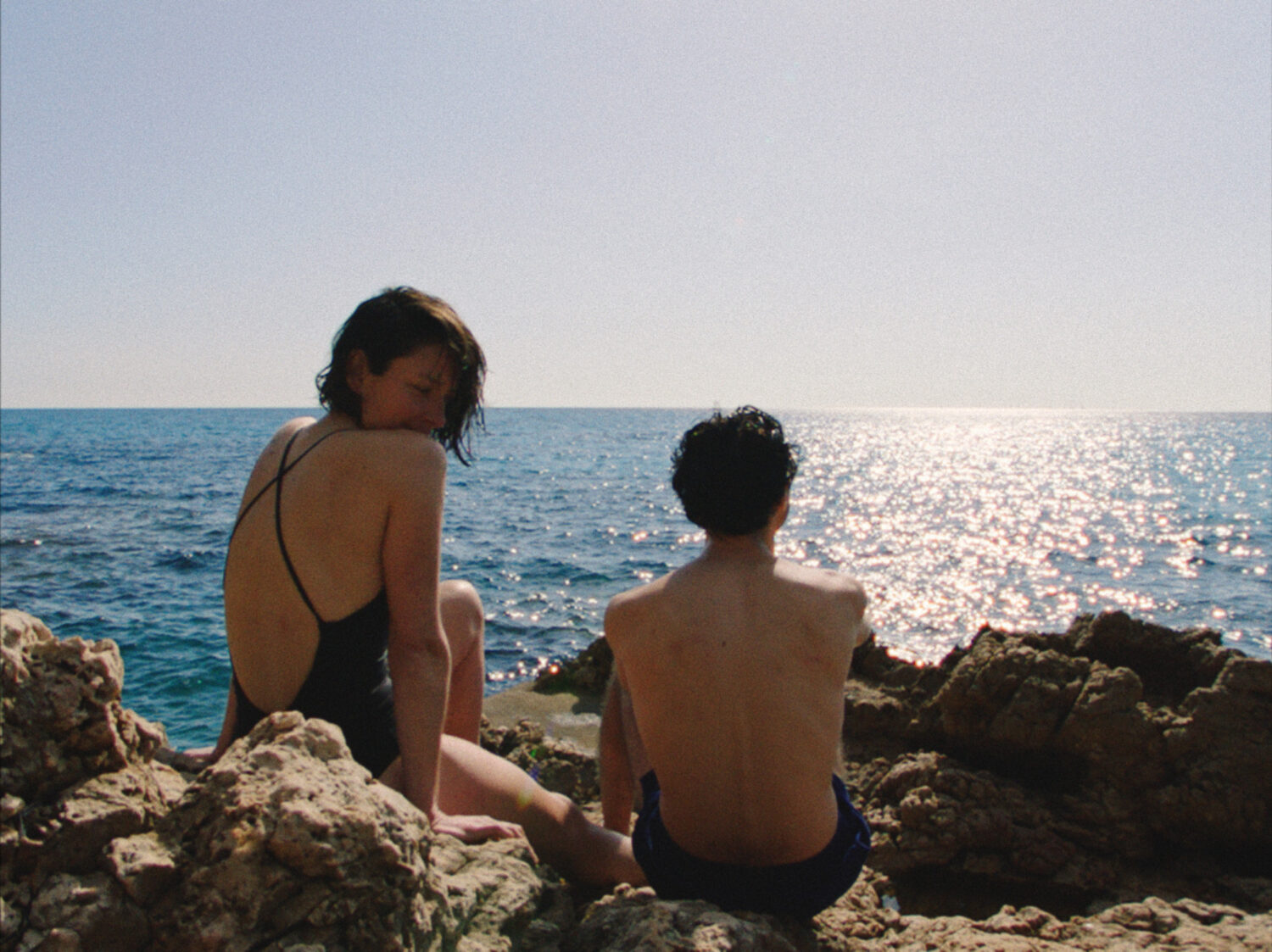An Interview With Filmmaker Beatrice Minger: the Story of Eileen Gray’s E.1027 House by the Sea
By Lauren CochraneIf to some people E.1027 might sound like a bug to be avoided or an additive in food, architecture fans will smile in recognition. This is the name of the house in France’s Côte d’Azur designed by lovers Eileen Gray and Jean Badovici in the late twenties.
The house, its architects and its legacy is the subject of E.1027: Eileen Gray and the House by the Sea, the first full-length film directed by Beatrice Minger (Christoph Schaub, having previously worked on architectural documentaries, is co-director). But don’t expect talking heads – instead we have scenes sketched out by actors, a voiceover from the point of view of Gray, archive footage, and lovingly shot sections at the house. Together, it produces a dreamy and also quietly revelatory film.
If The House by the Sea celebrates Gray’s extraordinary achievement, it also shows how her house threatened a contemporary giant of modernism, Le Corbusier. The French architect, who spent time at the house after befriending Badovici, was fascinated by the design and – depending on your point of view – contributed to its legend or vandalised it, by painting on its pristine white walls in 1938.
Speaking ahead of the film’s release in this month, Minger elaborated on her take on the idea of a documentary, the legacy of Gray and what Le Corbusier meant by those murals.
Lauren Cochrane: How did you come to make the film, in the way that you did?
Beatrice Minger: In the beginning, the producer wanted to make a film about Le Corbusier, and asked Christophe [Schaub, co-director]. He, in turn, asked me…From the beginning, we had this question mark of what else is there to say? And also, if we want to add something, what would that be? I then discovered this beautiful house, and Eileen Gray, and we decided this would be the much more interesting topic.
We looked at what is already there – a fictional film, and also documentary films. We wanted to find a different approach to it, maybe not just to Eileen Gray, but also through the lens of architecture, find a different entry point. What are spaces? What is a female space? A male space? How can I translate an experience that every woman knows very well: of being pushed out of social spaces, but also historical spaces?
LC: How did you work on the voiceover?
BM: As you learn in the end of the film, Gray destroyed her correspondence because she wanted to be perceived as an artist through her work and not through her private life.
I was very strict that with every nugget I used, I could trace it back to something we know that actually happened. It’s a feminist film and you don’t want to push your own grievances or feelings.

LC: What was it like visiting the house?
BM: You do encounter a different house every time….It becomes this living thing, with your memory and experience and what is really there. And then, of course, you look out to the ocean. You feel so small and at the same time so connected. I recommend it to everybody, not just see the film, go there and see [the house] for yourself.
LC: The film partly focuses on the dynamic between Le Corbusier and Gray and E1027. What do you think was at the crux of it?
BM: There is a reading where you would say ‘oh, he just didn’t even think about her so much. He saw these white walls and he wanted to start painting’ and it’s very banal….but I do think in the beginning he was very fascinated by it. Then there came this point where this fascination changes into ‘what does this say about me?’…And then I think that it changes to ‘oh, wait a moment, I have to put myself onto it, and cover the walls with my own work’ to kind of make peace with this immense tension.
If you go maybe a bit more philosophical, I think it was such a strong point of view, and it was very, very different from his, something he really didn’t understand. It was a force that was threatening him, so he had to hit back. His action, his intervention, is so violent.

LC: Did you enjoy killing a darling of male modernism?
BM: Le Corbusier was already a bit of an ambiguous figure – and there was this discussion around him being close to the Nazis. He has got a couple of scratches already in his monument. [But] something that you still encounter in France is to ‘leave the geniuses alone, they’re artists…and we are here to worship their vision and their contribution to the modernist movement.’ I am not saying otherwise. I acknowledge, of course, he’s the Zeus of modern architecture. But all the more we should have to be able to have a conversation.
LC: How are him and Gray different?
BM: He was the perfect public figure. Very early on, he made sure filmmakers were there to film him creating things. And even his name – he’s a brand. She’s the complete opposite. She didn’t want to engage with the limelight. She didn’t go to her own exhibition openings. She deliberately chose to not participate.

LC: What do you think her legacy is?
BM: What fascinates me is the fact that at the one hand, she was so private and at the other hand, she created art that is so much based on connection. Her architecture is…almost always like a proposal for an intimacy. She’s reaching out her hand.
I think she’s a lighthouse of resistance, and especially today with these male figures wanting to inject power and violence. She did not engage with it [but] it wasn’t passive at all. She was very active in putting out an alternative to this egotistic, narcissistic world. That spoke very much to me as a filmmaker. I wanted to create a meaningful experience in the film, aligning myself with her language of art that is about creating new connections.
E.1027: Eileen Gray and the House by the Sea is released in the UK on Friday 16 May.
Lauren Cochrane is Senior Fashion Writer of The Guardian and contributes to publications including The Face, ELLE, Service95, Konfekt and Mr Porter. Based in London, she writes about everything from catwalk shows to footballers’ style and the linguistics of Love Island. She is author of The Ten: The Stories Behind the Fashion Classics.
You can read all of Lauren’s writing on Something Curated here.
All imagery courtesy © Rise And Shine World Sales. Header image: Natalie Radmall-Quirke as Eileen Gray.